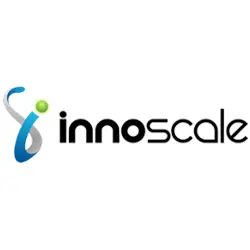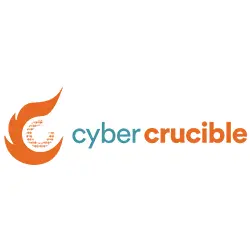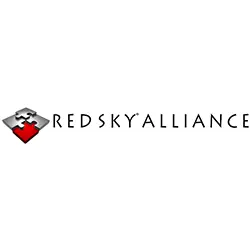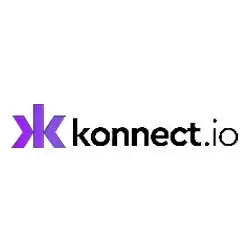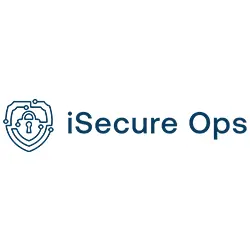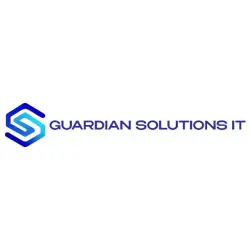businesses face an ever-growing array of cybersecurity threats.
One often overlooked vulnerability lies in the continued use of outdated
software. As technology advances at breakneck speed, many organizations
find themselves relying on legacy systems that may be putting their
operations, data, and reputation at risk. But what exactly are the
implications of using outdated software, and how can businesses protect
themselves?
This comprehensive guide will explore the multifaceted impact of
outdated software on your business, with a focus on cybersecurity
implications. We'll delve into the risks, consequences, and solutions
available to protect your valuable assets. By the end of this article,
you'll understand why staying current with software updates is crucial
and how innovative solutions like TRaViS ASM can safeguard your business
in an increasingly complex digital ecosystem.
The State of Cybersecurity in 2024

In 2024, the cybersecurity landscape is marked by increasingly sophisticated threats, with attackers exploiting advanced technologies to target business systems. Recent statistics highlight the growing concern:
- Cybersecurity as a Business Risk: A Gartner survey found that 88% of boards now view cybersecurity as a business risk, not just an IT issue. Norton
- Rising Data Breach Costs: IBM's 2024 report indicates that the global average cost of a data breach has reached $4.88 million, a 10% increase from the previous year. IBM
These figures emphasize the necessity for businesses to implement robust cybersecurity measures and maintain up-to-date software systems. However, many organizations remain unprepared for the evolving challenges, underscoring the need for proactive strategies to mitigate potential risks.
Understanding Outdated Software

Outdated software refers to programs or applications that are no longer supported by their developers or have newer versions available. This can include operating systems, productivity tools, and specialized business software. Common reasons for using outdated software include:
- Budget constraints
- Compatibility issues with legacy systems
- Resistance to change
- Lack of awareness about security implications
However, the risks associated with outdated software far outweigh
any perceived benefits of maintaining the status quo. Let's explore
these risks in detail.
The Hidden Dangers of Outdated Software

1. Increased Vulnerability to Cyber Attacks
Outdated software often contains known security vulnerabilities that hackers can easily exploit. As developers stop releasing security patches for older versions, these vulnerabilities remain open, making your systems an easy target for cybercriminals.
2. Data Breaches and Loss of Sensitive Information
With weakened security defenses, outdated software increases the likelihood of data breaches. This can lead to the loss or theft of sensitive customer information, intellectual property, and financial data. The consequences of such breaches can be devastating, both financially and reputationally.
3. Compatibility Issues and System Crashes
As technology advances, outdated software may become incompatible with newer systems or applications. This can result in frequent system crashes, data corruption, and loss of productivity. Have you ever considered how much time and resources your business loses due to these preventable issues?
4. Reduced Performance and Efficiency
Older software often lacks the optimizations and features of newer versions, leading to slower performance and reduced efficiency in business operations. This can have a significant impact on your bottom line, as employees struggle with sluggish systems and outdated processes.
5. Lack of Support and Troubleshooting Resources
When using outdated software, businesses may find themselves without access to technical support or troubleshooting resources, making it difficult to resolve issues quickly. This can lead to extended periods of downtime and frustrated employees.
The Hidden Costs of Outdated Software

While the initial cost savings of maintaining outdated software
may seem attractive, the long-term financial implications can be severe:
- Increased IT support costs
- Lost productivity due to system downtime
- Potential fines for non-compliance with data protection regulations
- Reputational damage and loss of customer trust following a data breach
A study by IBM found that businesses using up-to-date software saved an average of $1.4 million per data breach compared to those using outdated systems. Can your business afford to ignore such significant potential losses?
Impact on Business Operations and Productivity

Outdated software can significantly hinder business operations and productivity in several ways:
- Slower processing times for critical tasks
- Inability to integrate with modern cloud-based solutions
- Limited collaboration features, hampering teamwork
- Increased employee frustration and decreased job satisfaction
By contrast, updated software can boost productivity by up to 40%, according to a recent study by Forrester Research. This highlights the importance of viewing software updates not just as a security measure, but as a strategic investment in your business's efficiency and competitiveness.
Legal and Compliance Implications

Using outdated software can put your business at risk of non-compliance with various data protection regulations, including:
- General Data Protection Regulation (GDPR)
- California Consumer Privacy Act (CCPA)
- Health Insurance Portability and Accountability Act (HIPAA)
Failure to comply with these regulations can result in hefty fines and legal consequences. It's crucial for businesses to understand that maintaining up-to-date software is not just a matter of best practice, but often a legal requirement.
The TRaViS ASM Solution: Modernizing Your Cybersecurity Approach
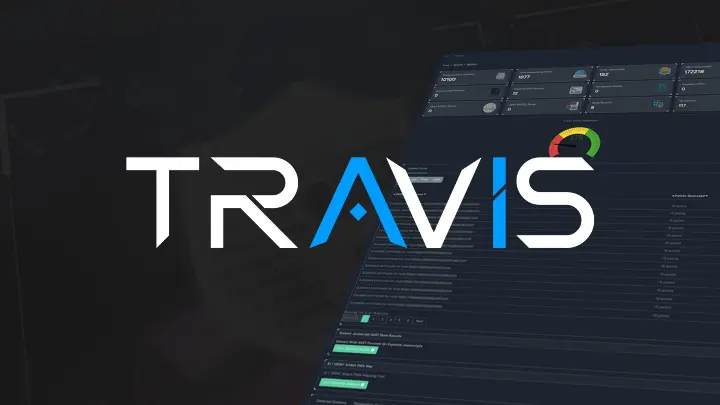
TRaViS ASM (Threat Risk and Vulnerability Intelligence System - Attack Surface Management) offers a cutting-edge solution to the challenges posed by outdated software. This innovative platform provides:
- Continuous vulnerability detection and assessment
- Automated software updates and patch management
- Comprehensive asset inventory and management
- Advanced threat intelligence and risk analysis
By implementing TRaViS ASM, businesses can significantly reduce their cybersecurity risks and ensure their software remains up-to-date and secure. The platform's holistic approach to attack surface management addresses not only the immediate security concerns but also helps businesses stay ahead of emerging threats.
Best Practices for Software Management
To minimize the risks associated with outdated software, consider implementing these best practices:
- Conduct regular software audits
- Develop a robust update and patch management policy
- Implement automated update systems where possible
- Provide employee training on the importance of software updates
- Consider cloud-based solutions for easier management and updates

These practices, combined with a solution like TRaViS ASM, can help create a robust defense against cyber threats while ensuring your business operates at peak efficiency.
Case Studies: Businesses Transformed by Software Updates

Manufacturing Company Boosts Efficiency
Cam Tran, a Canadian company specializing in manufacturing, repairing, and renewing oil-filled distribution transformers, worked with Integrio Systems to modernize their software infrastructure. The results included:
- Creation of a custom software called Jive for managing work instructions
- Expansion into a full-fledged ERP system
- Implementation of production and inventory management tools
- Addition of quality control and project management features
- Secure document storage, audit capabilities, and schedule optimization
While specific percentages aren't provided, this case study demonstrates how software modernization can significantly improve operational efficiency in manufacturing.
Healthcare Provider Ensures Compliance
A regional U.S. healthcare system partnered with NTT DATA to modernize their HIPAA compliance approach, achieving:
- Expansion of assessment coverage from 10% to 100% of care delivery sites
- Reduction in assessment preparation time from two months to two weeks
- Simplified reporting to regulatory agencies
- Improved overall security posture
- Enhanced protection of patient data
This case study showcases how modernizing compliance software can lead to significant improvements in efficiency, coverage, and data protection for healthcare providers.
Source: NTT DATA
These examples demonstrate the tangible benefits that businesses
can achieve by prioritizing software updates and implementing
comprehensive cybersecurity solutions. While the specific metrics may
vary, the overall trend shows substantial improvements in efficiency,
security, and compliance across industries.
The Future of Cybersecurity: Staying Ahead of the Curve
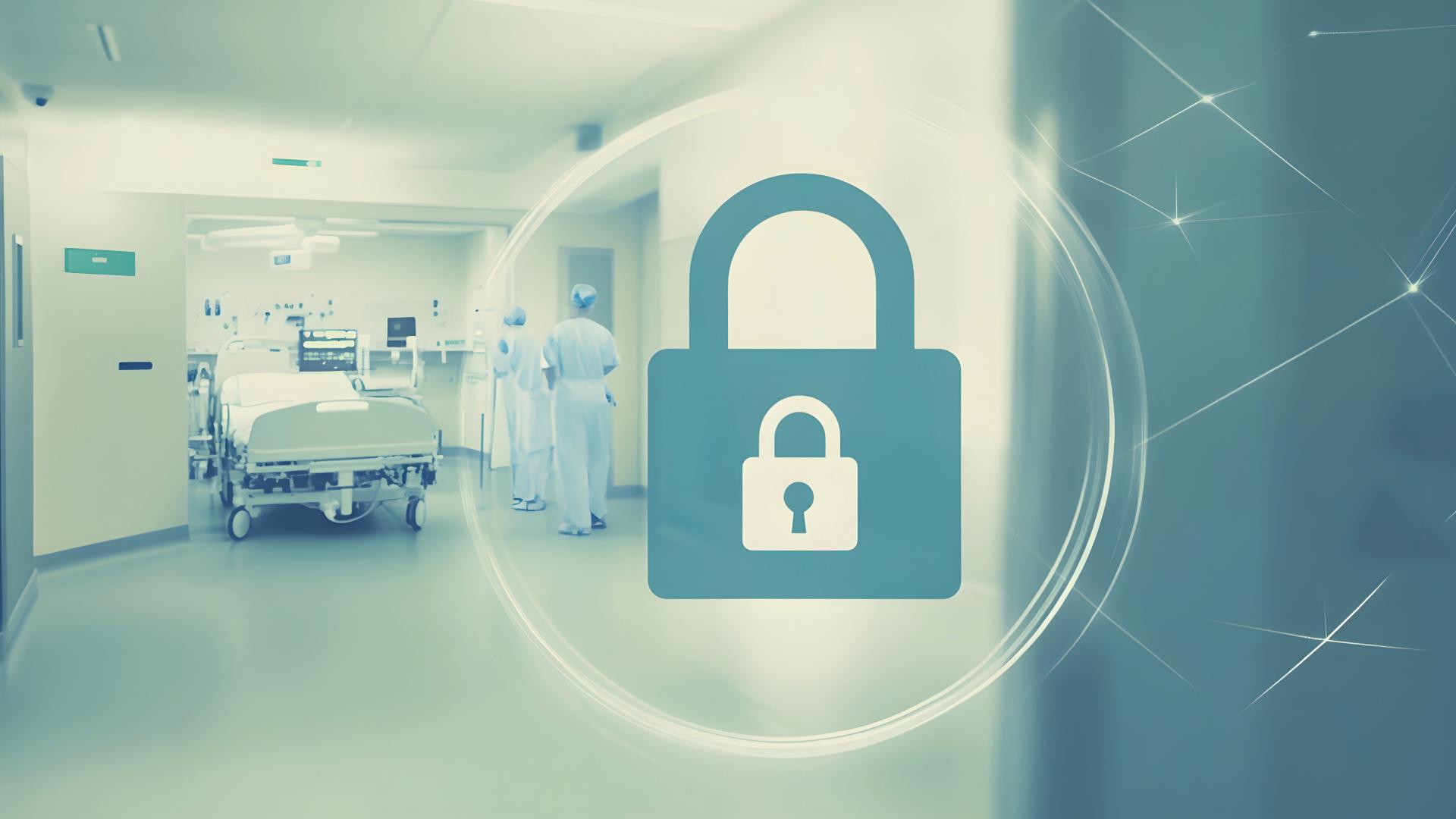
As we look to the future, it's clear that the cybersecurity landscape will continue to evolve. Emerging technologies like artificial intelligence and quantum computing will bring new opportunities and challenges. Businesses that prioritize staying up-to-date with their software and security measures will be best positioned to thrive in this dynamic environment.
Embracing a Proactive Approach to Cybersecurity
.jpeg?access_token=404bccc0-774f-44de-890d-59c6a0cf1d6b)
The impact of outdated software on your business's cybersecurity cannot be overstated. By recognizing the risks and taking proactive steps to modernize your software infrastructure, you can protect your assets, boost productivity, and ensure long-term success in an increasingly digital world. TRaViS ASM offers a comprehensive solution to the challenges posed by outdated software, providing businesses with the tools they need to stay secure and competitive. Don't let outdated software be your Achilles' heel – embrace the future of cybersecurity today. Ready to safeguard your business against the hidden dangers of outdated software?

Contact us today to learn how TRaViS ASM can
transform your cybersecurity approach and protect your valuable assets.
Our team of experts is standing by to provide a personalized assessment
of your needs and demonstrate how our cutting-edge solution can benefit
your business. Don't wait for a cyber incident to occur – take action
now and secure your digital future with TRaViS ASM.

